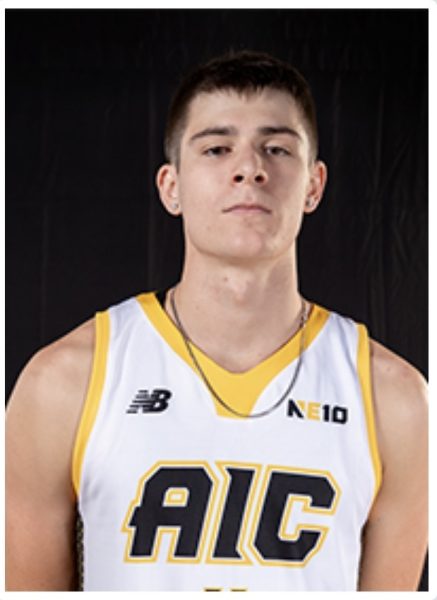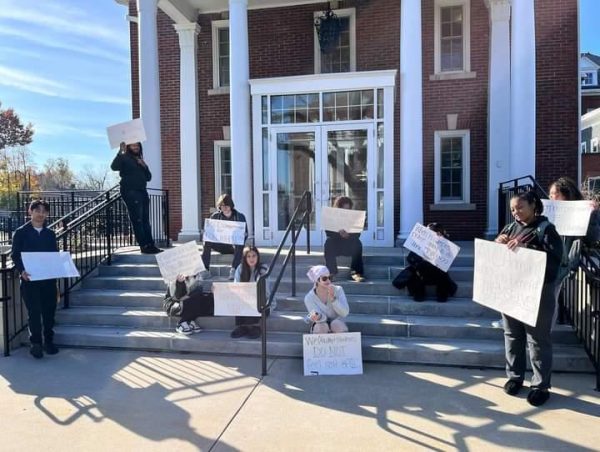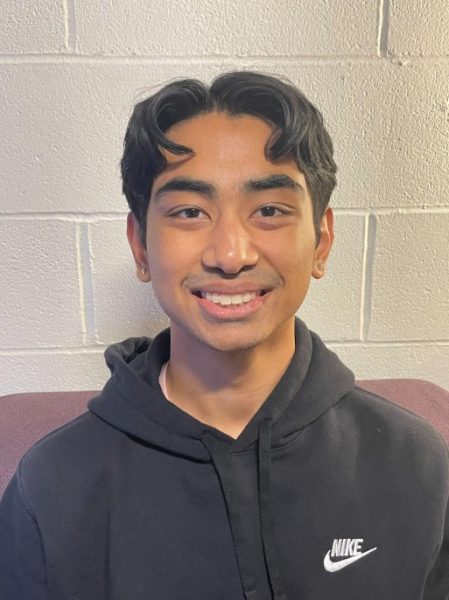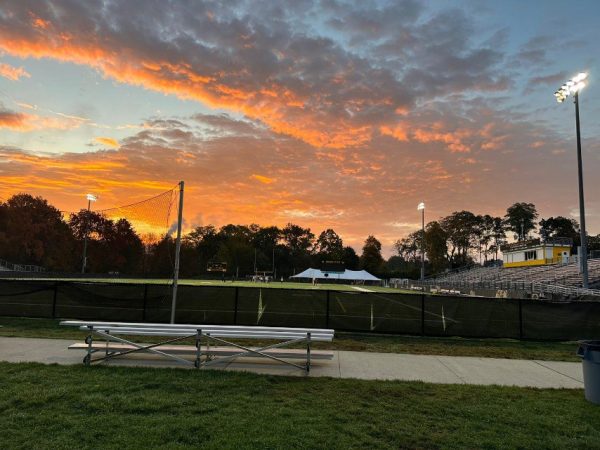Have NIL Deals Helped or Hurt College Sports?
September 13, 2023
With the NCAA finally passing the Name Image Likeness (NIL) bill in July of 2022, we’ve seen a plethora of student athletes get deals. Some life-changing, some regular good money deals. It’s important to highlight that for years on end, the NCAA has made millions off the backs of college athletes. They make money from TV deals, from selling tickets, along with all sorts of memorabilia. So when does the athlete get to experience some of the revenue the NCAA has gained from the athlete’s actual blood, sweat, and tears? Of course, over the years it has been talked about that these schools are giving athletes money anyway to come to the school. In addition to financial gifts, we’ve heard of cars being offered to players as incentive for the athlete to choose one school over the other. With the increase in NIL deals, does it change the landscape of college athletics even more? Because it is legal in college to gain money from high school students, young kids are even able to get NIL deals, and it doesn’t hurt their eligibility for college scholarships and deals.
Every time a big athlete in high school (let’s say among the top five in their class) is choosing a school, it comes out on social media how much this person is worth based on possible deals because of their name. The bigger the school, the more money they have to offer. In some cases, this means wealthier schools have a higher chance to secure an athlete. When it comes to football, every year the University of Alabama was in the running for top teams in the nation. In the last two seasons, that has changed slightly. Is it because players finally realize after a decade of Alabama dominance that they can go to other schools and be successful? Or is it because they don’t have enough money to compete with bigger schools to secure these athletes?
Don’t believe me? Nick Saban spent last summer complaining about how schools are paying to secure kids and how Alabama can’t keep up due to their lack of big-time sponsors. Let’s be honest: Alabama State is located in a country football town; they have very few big-time donors because unless you’re playing a sport, you’re not exactly going to the University of Alabama to be the top in your field of work. You’ll go to bigger schools in the states of Texas, Florida, Georgia, California, even New York.

With that being said, let’s look at teams from some of these states. Texas A&M had the best recruiting class in the nation last season. And why? They haven’t been much of anything since Johnny Manziel. So how do they pull that off? The answer is big time donors. Texas University got Arch Manning, who some say is the biggest QB prospect we’ve seen in years. His NIL evaluation was through the roof; marked down at $3.1 million, this is a kid fresh out of high school. Is his worth due to his name–because his two uncles in Peyton and Eli Manning were good? Or can he really bring that back to the university? Baylor University and the University of Houston are starting to get big-time talent as well. In recent years, you can see them even getting more players drafted than usual. But this can’t be all one big coincidence, right? Florida has always been a decent program with its highs and lows, and with the new coaching staff they’ve been picking up some big-time recruits as well.

Georgia is coming off two back-to-back championship seasons and schools in that state are picking up traction as well. UCLA in California has never been much of anything, but players continue to go there. Syracuse University is even picking up substantial recruits. You get the point. Honestly, you just have to wonder: are kids finally hanging up and going to the winning-rich programs, or are they going to where they can get the biggest bag of money?
Now I am for the NIL deals. The percentage of players who actually make it to the NFL from college is so low, especially for the players who are at the top of their class. After putting your body through what it takes for sports, I don’t mind athletes getting life-changing amounts of money before the pros, especially if they have someone alongside them to handle it well. I think the NCAA makes so much money off athletes, it’s finally their turn as athletes to gain their money–even if it causes them to choose a school for the wrong reason. Some schools want a kid for the wrong reason. It’s all just business.
I can understand that this can actually hurt some schools more than it could help in the long run, but I thought the purpose of a school was for the best interest of the student athlete anyway, right?
Rod Payoute, a member of AIC football team said, “I definitely think NIL helps the athletes more than it hurts. It helps kids in college make a name for themselves and create their own platforms, as well as opens up a bunch of other opportunities.”
Another member of the football team, Jared Durand, had a different opinion. He said, “As much as I agree with athletes receiving NIL deals, I think it’s hurting college sports. It promotes a fair distribution of the revenue generated by college sports, as student-athletes have historically received little to no compensation for their labor. There are concerns about how NIL deals may impact team dynamics and distract student-athletes from their studies and athletic responsibilities. And judging from recent articles of high-performing college and high school athletes, NIL deals can have a big say in what school you go to, how early you want to depart from college and go to the pros, (which can be a pro and a con), or the fairness of compensation between students–which can end up with kids transferring. But it is still too early to determine the full impact of NIL deals on college sports. Although, schools have been taking advantage of students for as long as we can remember without any compensation, which is why I think NIL deals are the best thing to happen to us student athletes. I can go on and on about the benefits for us receiving NIL deals as it overrules the downside.”












